“Let’s be real,” he says. “The project as currently planned would cost too much and, respectfully, take too long. Right now, there isn’t a path to get from Sacramento to San Diego, let alone from San Francisco to L.A. I wish there were,” the San Francisco Gate reports.
Instead of completing the intended route, pegged at $77 billion to build in the next decade, Newsom wants to finish tracks between Bakersfield and Merced in the Central Valley. Roadbed construction, including several massive bridges, is nearly complete on the initial Fresno-Madera segment.
“Abandoning high speed rail entirely means we will have wasted billions and billions of dollars with nothing but broken promises…and lawsuits to show for it.,” he claims. He intends to make use of the investments already made rather than send $3.5 billion in federal funds back to Washington, D.C.
In a statement, California High Speed Rail Authority CEO Brian Kelly attempts to put a positive spin on today’s surprise development and noted that environmental studies will continue.
“The Governor has called for setting a priority on getting high speed rail operating in the only region in which we have commenced construction—the Central Valley. We are eager to meet this challenge and expand the project’s economic impact in the Central Valley.
“Importantly, he also reaffirmed our commitment to complete the environmental work statewide, to meet our ‘bookend’ investments in the Bay Area and Los Angeles and to pursue additional federal and private funding for future project expansion.





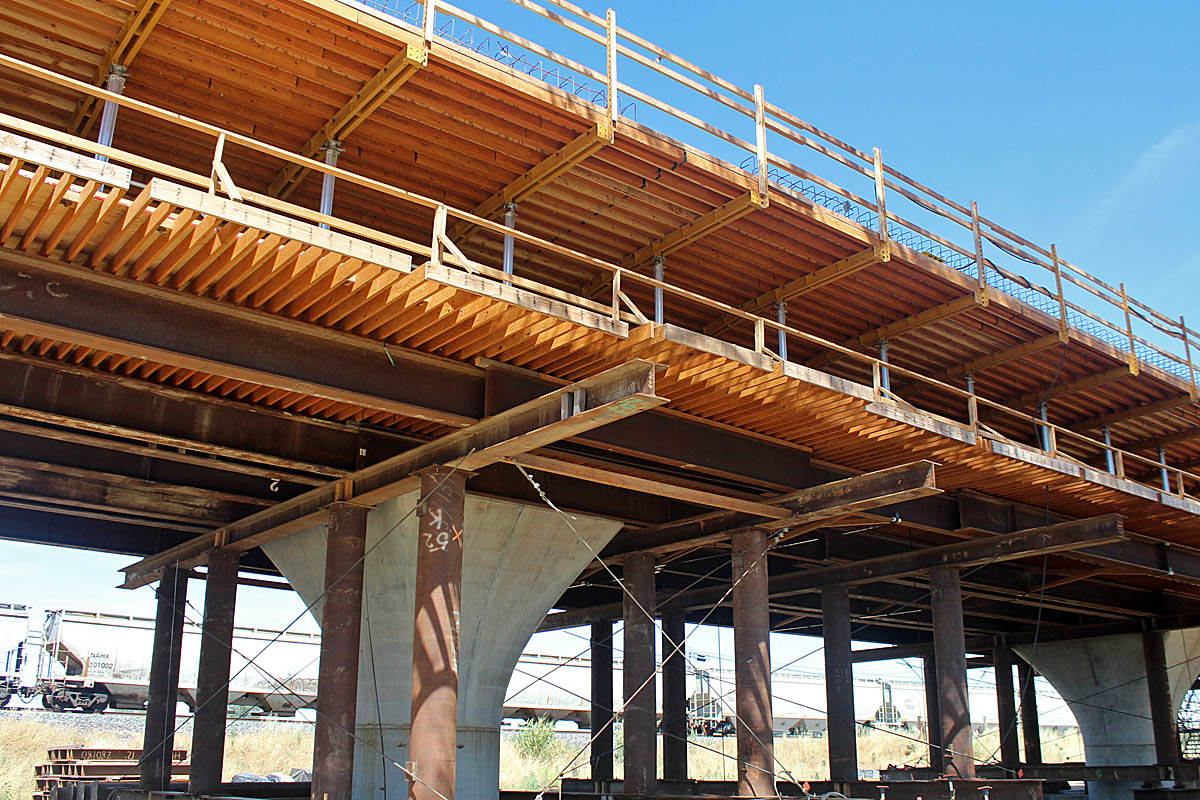
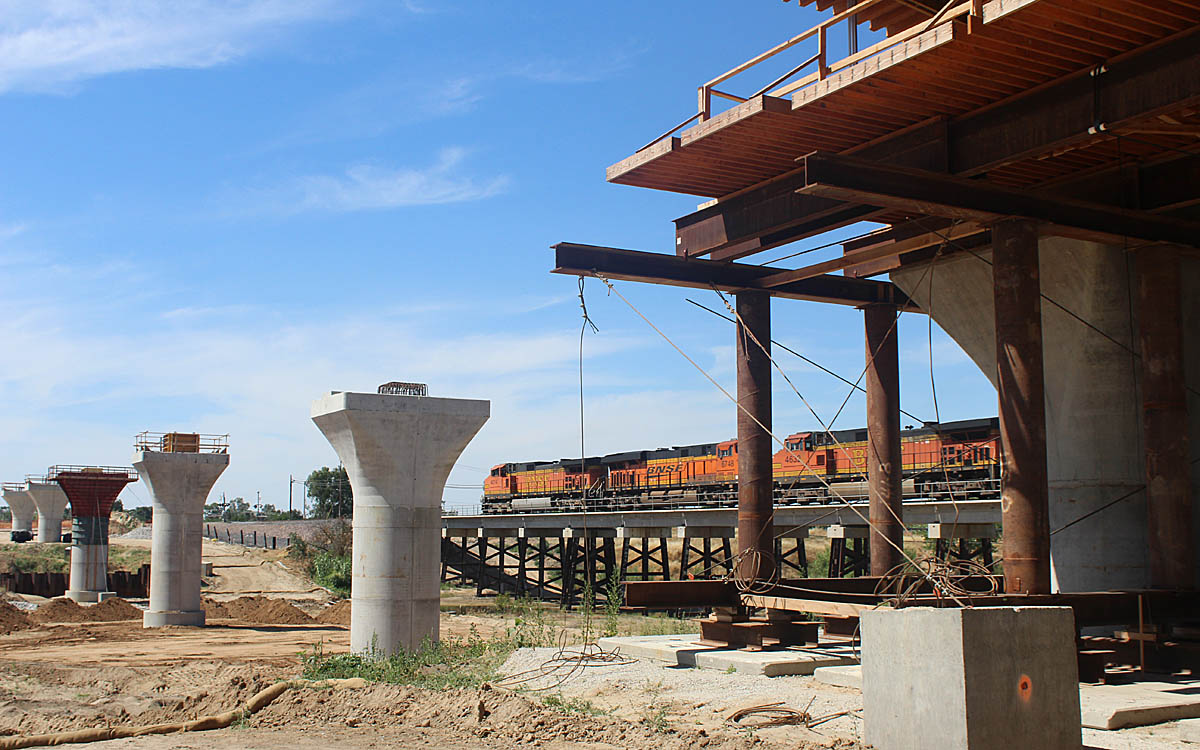

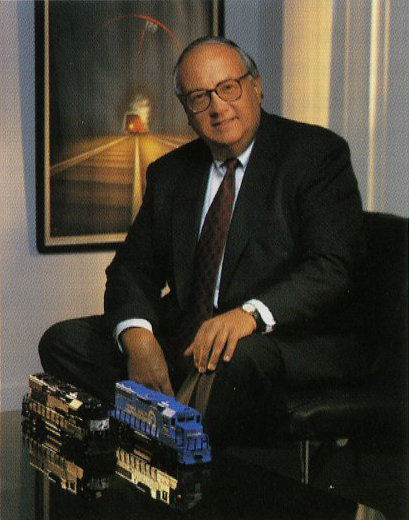
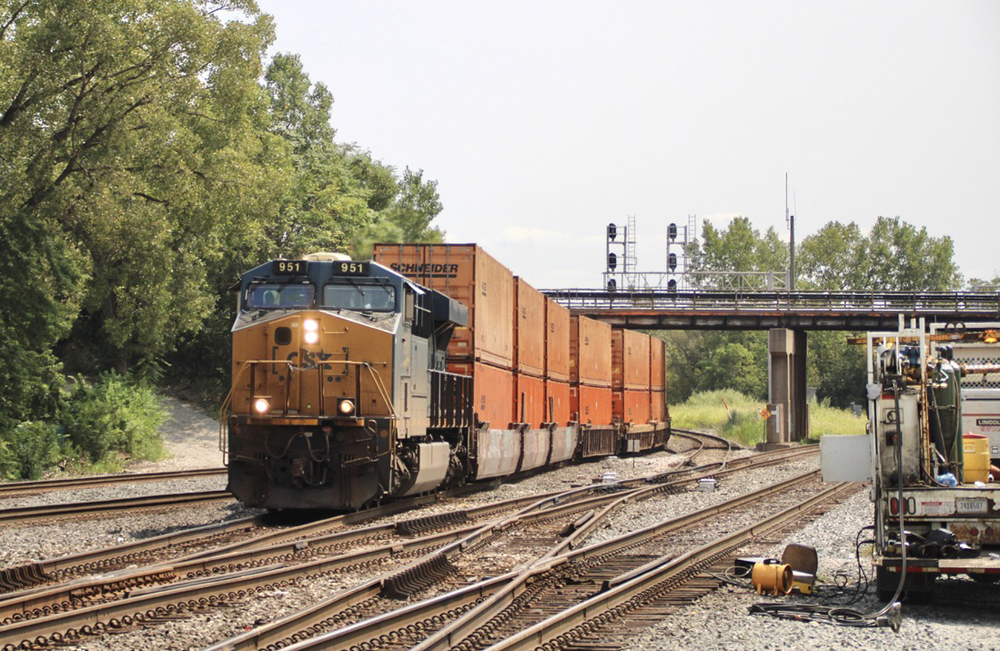
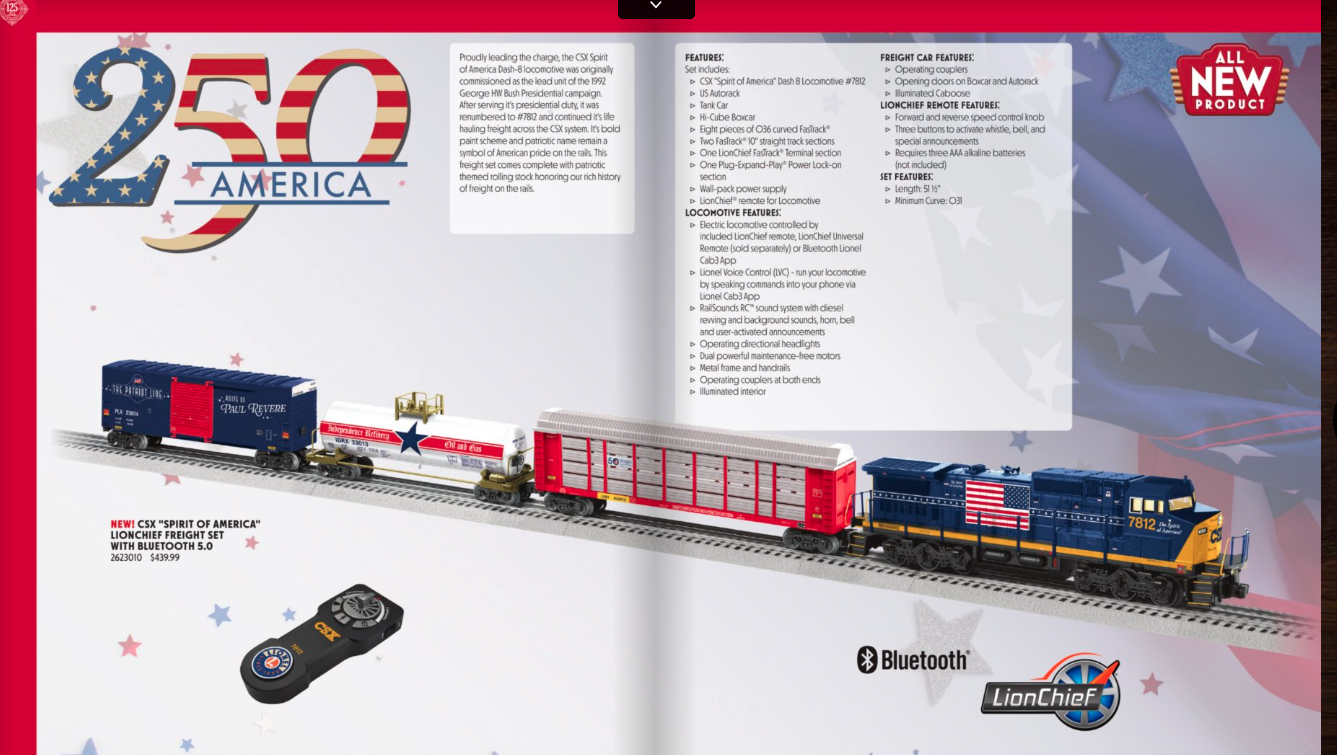
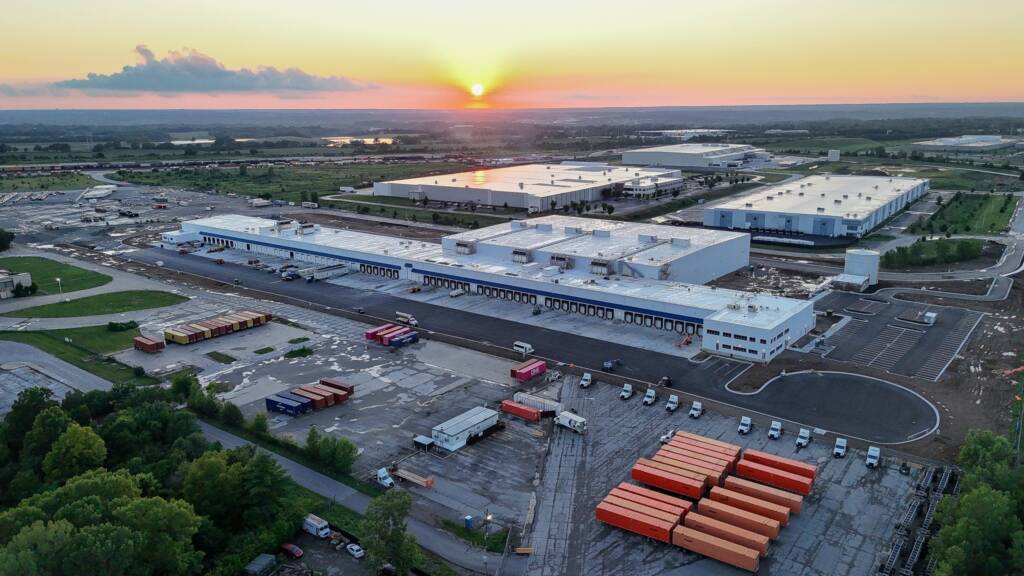




As a former California resident at the time this was voted on and a railroad veteran with experience with consultants in the state, I knew from the get go this project would run into major cost overruns. I voted against it. The shame of it all, this whole affair gives HSR a black eye. Furthermore, just think what improvements this money could have brought to commuter rail in state and/or HSR between Las Vegas and LA.
Here’s your song for the day: https://youtu.be/F6UfMyBsaV8 (Train I Ride goes to God knows where, I don’t know, and I don’t care).
Savoy Brown, Train to Nowhere. They also did Hellbound Train. Great music.
Too bad politicians can sell a cartoon version of reality, like the Simpsons, as something practical.
I’ve ridden those great California trains, but not because I was in a hurry to get somewhere.
If speed is the only consideration, airplanes work fine, and already exist.
Going too fast on the ground is scary, and if anything goes wrong, lots of people will die or be horribly mangled. I thing 120 mph should be the top speed for any vehicle running on the ground.
Mr Wildman,I think you meant to say rail lines bisecting major fault lines. the 5 mile long Kaimai tunnel does,as does the 5 mile Otiria tunnel. the Rimutaka tunnel ( 5 mile )runs parallel to a major fault,in New Zealand’s most active earthquake zone. Italy’s major tunnels are north of the active areas.
True hi speed rail will never come to reality in this country like it has in other countries. First of all money to build such systems is going all over the world into other nations peoples and trying to maintain the peace of this world. The United States still insists by being the policeman of this world. Secondly this nation will never give up its love affair with the automobile and now new generations have been raised on auto travel that any form of rail travel is considered ancient and many a young person has never actually seen or rode on a train Third as I have mentioned in previous remarks, we have to deal with the NIMBYs who don’t want something as vulgar and disgusting as a train going through their backyards much less hi speed rail. Finally cost is also a factor Hi speed rail is very expensive to maintain and operate and for it to make a profit it has to charge a premium fare to recover costs hence higher fares which the average American realistically can’t afford. I must also mention security and safety concerns Fencing, barriers, and noise abatement structures have to be installed. Power plants have to be constructed and maintained since all hi speed rail can only move and operate using electric power and equipment largely overhead wire. Any rail system and hi speed rail operated by electric is a greater target for terrorists hence a higher level of security and greater police presence. Hi speedrail works in other countries because the population and government has the mindset and ability to build and operate them. Here in this country, both the population and government just don’t have the presence of mind or ability to want to get involved with such an undertaking as hi speed rail. Here in this country, we like to talk and boast and claim ourselves as the greatest nation on the earth. But it is more talk and bravado. A crumbling economy and intrastructure and decaying cities and social unrest and divison and we argue over where andhow money is to spent and used and a federal governemt which is a joke and the laughingstock of the world. It is not surprising
that this country cant and wont invest or tackle hi speed rail. The old rail pioneers and tycoons are surely rolling about in their graveswhen and if they could see what our present world and generation has become and allowed things to collapse
Instead of always trying to re-invent what we already have,why couldn’t enhancements be made to the Tehachapi line and the Palmdale cutoff to connect The San Joaquin Valley to Los Angeles and San Diego? Burlington Northern Santa Fe and Union Pacific could certainly upgrade these portions for a whole lot less money than government agencies can. This would also reduce the number of environmental studies and lawsuits. This could be a win win situation as the state of California and the taxpayers would come out way ahead to pay UP and BNSF to do the work and the two railroads would also get more capacity as well as the economic benefit from the trains operating over their lines. A lot of this section might never qualify for true high speed rail,but it would nonetheless connect the system and get things going much sooner and for billions of dollars less expense.
as is the case with California.
Mr. Benton: I believe you are, in the case of Japan, referring to the 19 mile Tsugaru Strait tunnel between northern Honshu and Hokkaido. While Italy is very geologically active, as is New Zealand, none of the three areas you are referring to have rail lines actually bisecting major tunnels
Bob, I don’t think the Governor back-tracked or flip flopped. Rather, I think most of the reporters covering his speech didn’t understand public infrastructure funding and/or tried to make news out of an non-story.
There’s no funding to construct the rest of California’s HSR line. That’s not news. There won’t be any more funding for it as long as one political party controls the Capitol in Sacramento and the other political party controls the Capitol in D.C. That’s really not news either.
IMHO, the Governor just acknowledged reality. He also said that he is going to do exactly what you need to do to keep a publicly funded infrastructure project moving forward when the project is not fully-funded. You keep constructing the parts you have funding for and you also continue working on the other pre-construction tasks (like environmental studies) for the parts you don’t have money to build.
Since it’s fiscally prohibitive to build HSR along the entire route, I believe it makes sense to construct a line capable of 125 to 150 mph in flat areas and perhaps 60-80 mph crossing the coastal range where curves and grades must be considered. Re-orientation of the route at the north and south end would save a lot of expense. If memory serves, Calif 33 southwest of Bakersfield to Ojai is nearly water level, if somewhat curvey. The area southeast of Hollister toward Fresno has, mostly, gentle grades and few curves. and gets to San Jose much more directly than other routes.
Look at the bigger picture. California is a failed state. True socialist governments always fail. The next big thing for California is going to be the PGE bankruptcy. Who will buy into that monstrosity? Probably the state or China. At least in Europe, that has the most high speed rail, the governments so far seem to be getting it done. Those governments are on the edge now, too, though, because of the Moslem invasion. This not hate speech, but reality.
This proposal was doomed due to the greed of engineering/construction giant WSP. In order to maximize public expenditures, it succeeded (with local political connivance) in establishing a meandering 525-mile long route through the heart of the San Joaquin Valley. Bakersfield, Fresno, and Merced are not major travel markets. Those cities could have been served by using the existing conventional-speed Amtrak service to connect with the HSR service for SF and LA at the north and south ends of the San Joaquin Valley.
This would enable the HSR service to be routed directly parallel to I-5 (which does not pass through the above cities, but through the western reaches of the San Joaquin Valley) on an arrow-straight alignment between the west end of Altamont pass and the foot of Tejon Pass (traversed by means of a tunnel). This alignment would have been 380 miles miles in length.
Interesting that the Governor’s office tried to back track later in the day after we filed the report, as reader Chris Webster points out. We’re following up on exactly what this might mean:
“By afternoon, however, Newsom’s office said that he is fully committed to building a high-speed rail line between Los Angeles and San Francisco, despite his comments during his State of the State speech.”
Herb, Japan , Italy , and New Zealand built long tunnels in just as active fault zones. Japan’s undersea as well. I don’t think any special technology is required, the tunnels held up well in New Zealand’s major Kaikoura Earthquake a couple of years ago.
As an addendum to my earlier comment, I would suggest construction of two 16-mile tunnels is as fanciful as it is cost-prohibitive. That they should be even considered in highly seismically active areas is as flabbergasting as it is fanciful. Perhaps proponents don’t recall the 1953 quake that shut down the tehachapi pass for weeks and displaced the ground around 30 feet. There is a reason the mountains between the Valley and the LA Basin are called the Transverse Range. If anything, the more northerly tunnel is at ground zero for one of the most active parts of the San Andreas fault. Neither proposal is remotely plausible from either a cost or safety basis.
I would like to respectfully suggest that both conservatives and liberals read “The Car Culture” in Dr. Morris Berman’s book, “Dark Ages America,” (W.W. Norton, 2006,) pages 250-257.
Steve – Good to see electrification on the Caltrain. One thing that puzzles me is why MBTA doesn’t use electrics on the Boston – Attleboro – Providence – TF Green Airport route. MBTA wants a homogenous fleet, I realize. There’s enough traffic on this one route for an electric fleet even if its the only one on MBTA.
I concur with Chris Webster’s analysis of what Governor Newsom said, and how reporters and headline writers unfamiliar with the project initially reacted.
Public radio reporter Scott Shafer has invested years in covering transportation in California and has a good two-way explanation for a national audience here: https://www.wbur.org/hereandnow/2019/02/13/california-gavin-newsom-train-plan
Wire is being strung between SF and San Jose–first new electrification in US passenger rail other than NH to Bos in the last 100 years or so. Rarely noted or remarked, but happening now.
A better idea would have been to double track the Fresno sub that uprr currently runs on. It would have been far cheaper and could already be done by now. Remember the voters approved CHSR 11 years ago. Not the inch of track to this date has been laid. Just my thought as one who knows the route. Uprr employee since 2004.
If they complete Bakersfield to Merced , it will be interesting to see what kind of service they start. Standard trains at 110-125 mph , Hsr at 200 mph , with change of train at Merced , or a hybrid of both . I.e new trains that can travel high speed , but rejoin the existing network to continue at 79 MPH.
what happened to the weekly news wire video hoping this news would be on there
The state started in the Central Valley because that was the easiest place to start. Unfortunately that’s where it will end.
Connecting Fresno to San Jose on the north, and Bakersfield to LA on the south, projects which would be extremely difficult and ungodly costly, would have to wait. The state believed there would come a magic moment when costs would plummet and revenue would fall from the sky.
Who didn’t see this coming?
Bob — the last line of the San Francisco Gate article that you linked to in paragraph #2 says:
“By afternoon, however, Newsom’s office said that he is fully committed to building a high-speed rail line between Los Angeles and San Francisco, despite his comments during his State of the State speech.”
“The project as currently planned would cost too much and, respectfully, take too long. Right now, there isn’t a path to get from Sacramento to San Diego, let alone from San Francisco to L.A. I wish there were.” — The governor does not seem to be aware that Sacramento and San Diego are further apart than LA and San Francisco.
While the Tenn-Tom did cost $1.9B in 1980’s dollars and is only running at 10-15% of its projected traffic, no one was complaining when the drought of 1988 brought Mississippi shipping to a halt. All the barge traffic was diverted via the Tenn-Tom as it had a more stable water supply. in 2018 dollars that is still only $4.7B USD. Nothing compared to the $22B poured into the CalHSR that will never get finished.